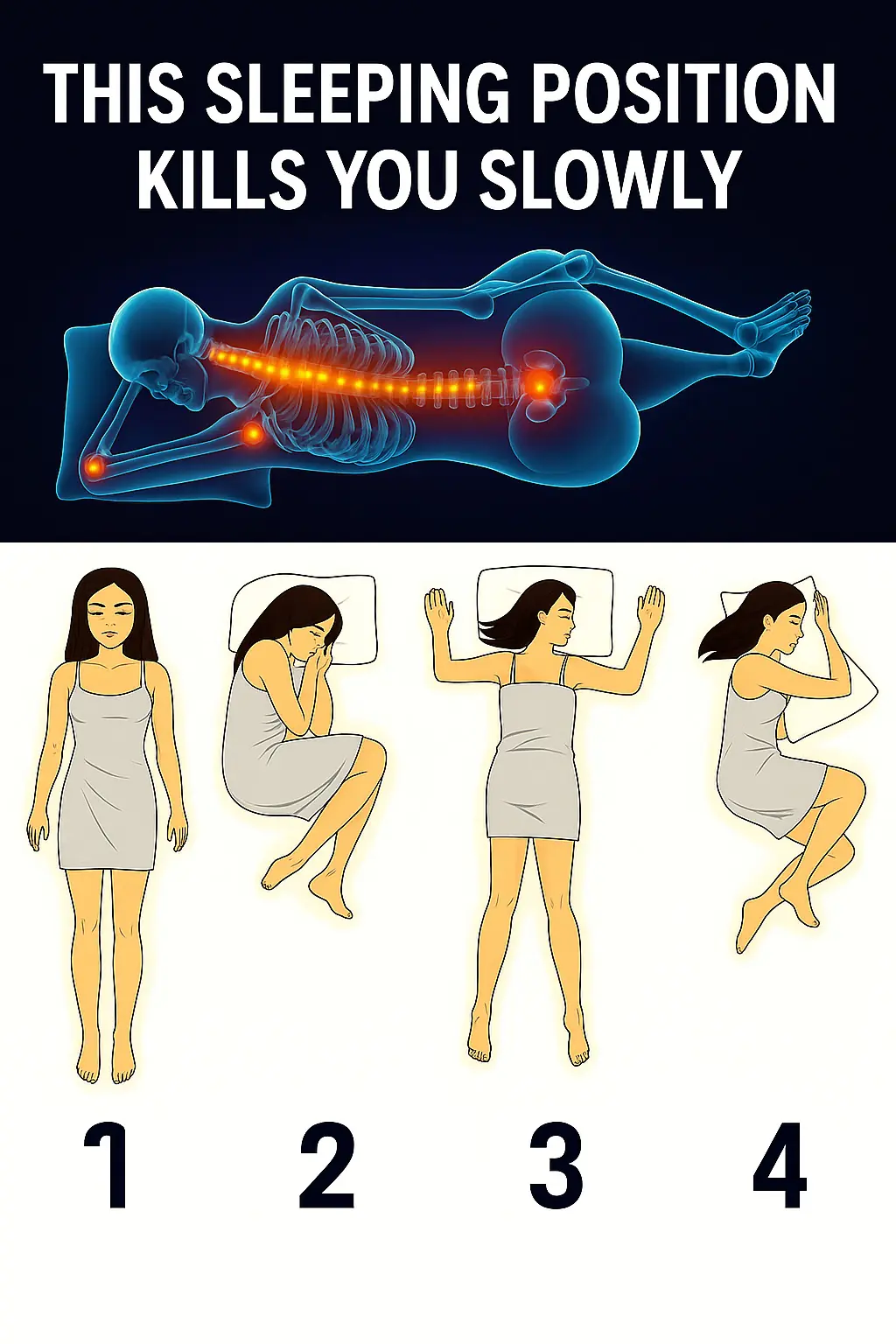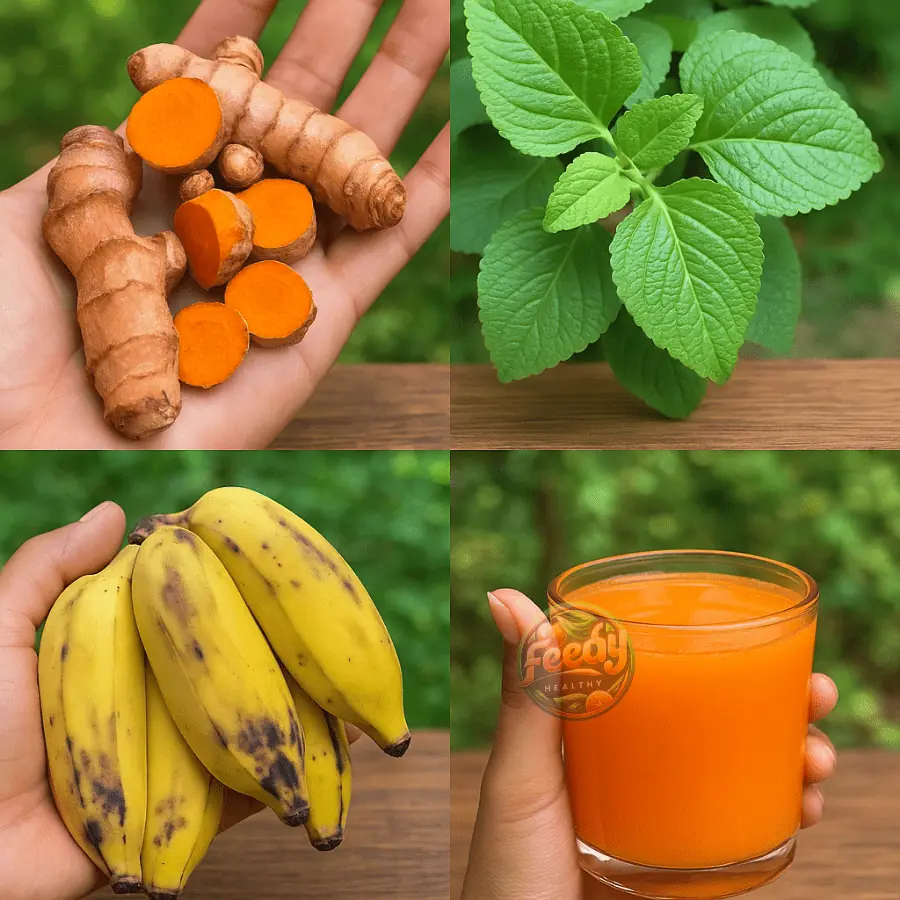
Why Kidney Failure Is Striking The Young—And How To Stop It
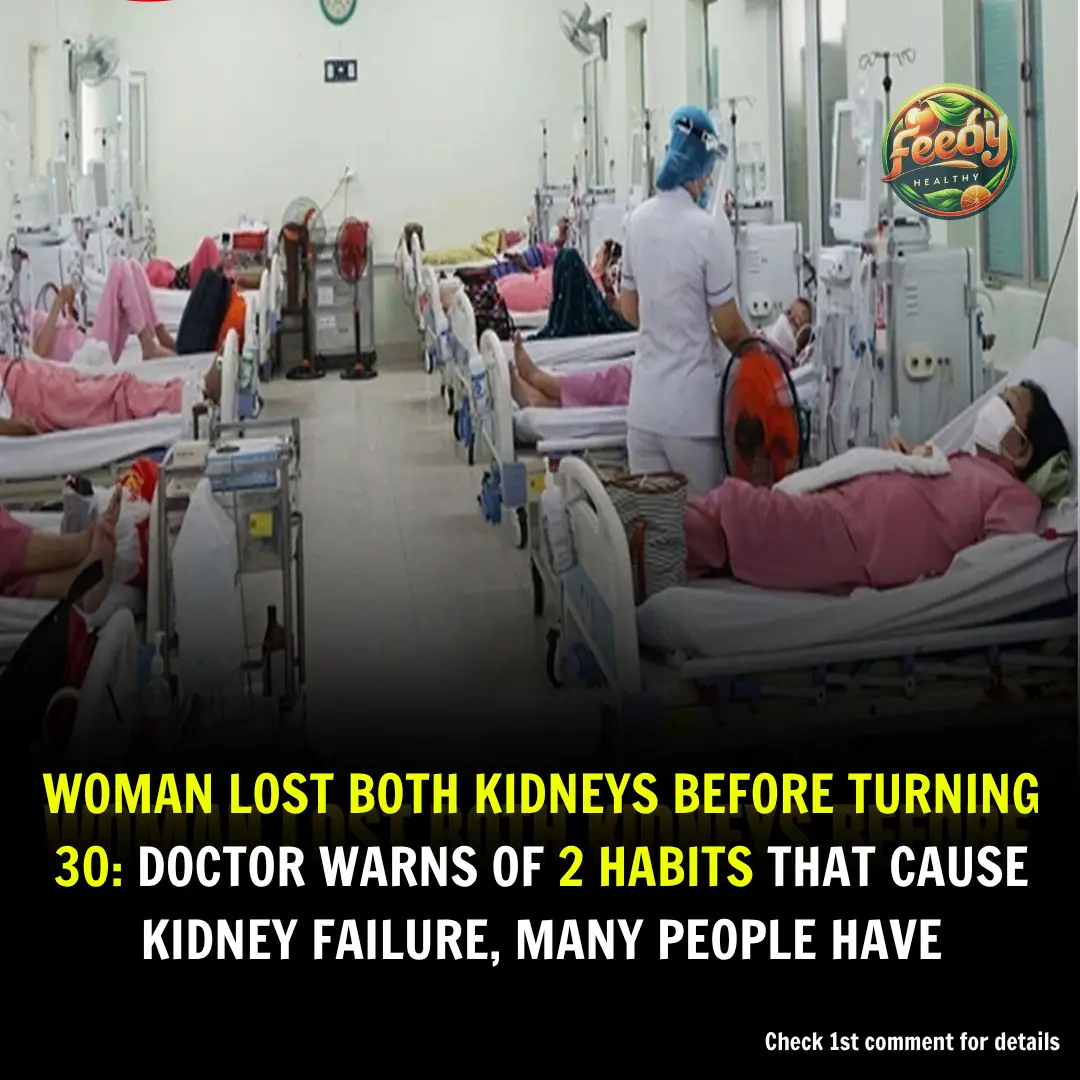
Kidney Failure in the Young: A Silent Epidemic on the Rise
Once thought of as a disease of aging, end-stage renal disease (ESRD) is now striking a far younger demographic—including people in their 20s, and even teens. The recent revelation that a young Vietnamese actress, not yet 30, has been diagnosed with ESRD sent shockwaves across social media. Sadly, her story is far from unique.
Take the case of a 29-year-old carpenter in Hanoi. With no previous health issues, he began experiencing constant fatigue. He brushed it off as stress—until it became too much to ignore. Tests revealed his kidneys were functioning at under 10%. His life is now centered around preserving what little function remains, with dialysis looming.
Or the university student who collapsed out of the blue. Doctors initially suspected a heart issue or drug reaction, but were stunned to find complete kidney failure. The culprit? A lifestyle of processed foods, poor sleep, and inactivity—common habits among modern youth.
These aren’t isolated incidents. Around the globe, nephrologists are seeing a disturbing trend: kidney failure is getting younger.
A GLOBAL HEALTH ALARM: ESRD IN YOUNG ADULTS
End-stage renal disease is the final stage of chronic kidney disease (CKD), where the kidneys lose nearly all ability to filter waste from the blood. According to the WHO, CKD now ranks among the top 10 causes of death worldwide—and it’s climbing fast.
From Vietnam and India to the U.S. and parts of Africa, more young adults are being diagnosed with advanced kidney disease. The Global Burden of Disease Study notes kidney disease deaths have surged over 50% in the last two decades, with CKD prevalence doubling in those under 40 in some areas.
This is no longer a statistical fluke—it’s a symptom of a widespread health crisis.
THE HIDDEN CULPRITS: DIET AND LIFESTYLE
Experts agree that most of these cases are preventable. Two lifestyle habits are doing the most damage:
1. High-Protein, Processed Diets
Modern “fitness” diets loaded with protein—alongside high-sodium, processed convenience foods—are overwhelming young kidneys. When consumed excessively, protein elevates urea and uric acid in the blood, burdening the kidneys. Over time, this can damage filtering units (nephrons), trigger inflammation, and cause kidney stones.
Processed foods are no better. Instant noodles, packaged snacks, and sugary drinks are packed with salt, phosphates, and preservatives that disrupt mineral balance and fuel hypertension.
A 2020 study in the Clinical Journal of the American Society of Nephrology confirmed that high-sodium, low-potassium diets are key drivers of kidney decline, even in people without pre-existing illness.
2. Sedentary Living
The rise in sedentary lifestyles is another major risk. Prolonged sitting—linked to insulin resistance, obesity, and high blood pressure—cuts blood flow to the kidneys and contributes to metabolic dysfunction.
A 2023 review in Kidney International Reports showed that inactive lifestyles accelerate declines in kidney filtration rate (eGFR), a key kidney health marker.
A SILENT DESTROYER: WHY CKD GOES UNNOTICED
One of the most dangerous things about CKD is how quietly it progresses. The kidneys can function at just 20% capacity with no symptoms. By the time signs emerge—fatigue, swelling, nausea—the damage is often irreversible.
Common early symptoms are easily mistaken for everyday issues:
-
Tiredness → Misread as stress or lack of sleep
-
Nausea → Dismissed as stomach trouble
-
Swollen ankles → Attributed to minor injuries
-
Frequent nighttime urination → Ignored as overhydration
This delay in diagnosis means many young patients don’t find out until they’re already in Stage 4 or 5, when dialysis or transplant is the only option.
THE TESTS THAT COULD SAVE A LIFE
Checking kidney health is simple—and potentially lifesaving. Doctors look at:
-
eGFR (normal is 90+; below 60 signals CKD)
-
Creatinine (waste buildup)
-
BUN (blood urea nitrogen)
-
Urinalysis (checks for protein, blood)
Yet few young people ever think to get screened.
WHO IS MOST AT RISK?
You’re at higher risk if you:
-
Follow high-protein or bodybuilding diets
-
Take painkillers like ibuprofen frequently
-
Have obesity or family history of kidney disease
-
Drink excessive energy drinks
-
Smoke or are exposed to environmental toxins
-
Have untreated UTIs or drink little water
Energy drinks and unregulated supplements—often seen as harmless—can dehydrate the body, raise blood pressure, and even contain heavy metals toxic to kidneys.
HOW TO PROTECT YOUR KIDNEYS—STARTING TODAY
The good news? Kidney disease is largely preventable. Here's how to take action:
1. Eat Smart
Avoid excessive protein, sugar, and salty snacks. Choose whole foods: brown rice, leafy greens, and lean meats. Stay hydrated.
2. Move More
Exercise 30 minutes a day—walk, bike, or do yoga. It helps regulate blood pressure and metabolism.
3. Use Medication Wisely
Avoid regular NSAIDs like ibuprofen unless prescribed. Be cautious with supplements—stick to trusted brands and consult your doctor.
4. Monitor Blood Pressure and Blood Sugar
These can be silent kidney killers. Even in your 20s, it’s worth checking regularly.
5. Sleep and Destress
Chronic stress and poor sleep raise cortisol, which can harm kidneys. Prioritize 7–9 hours of rest per night.
6. Ditch Cigarettes and Alcohol
Both impair kidney function and raise your risk of hypertension.
A FINAL CALL TO ACTION
The idea that kidney failure only strikes the old is no longer true. Young people are falling prey to a disease that should be preventable. In a world that celebrates hustle, all-nighters, energy drinks, and fast fixes, the damage to our most vital organs is happening in silence.
Don’t wait until symptoms appear. Don’t wait until your future depends on a machine.
Start now. Get checked. Stay informed. Choose health while you still can.
News in the same category

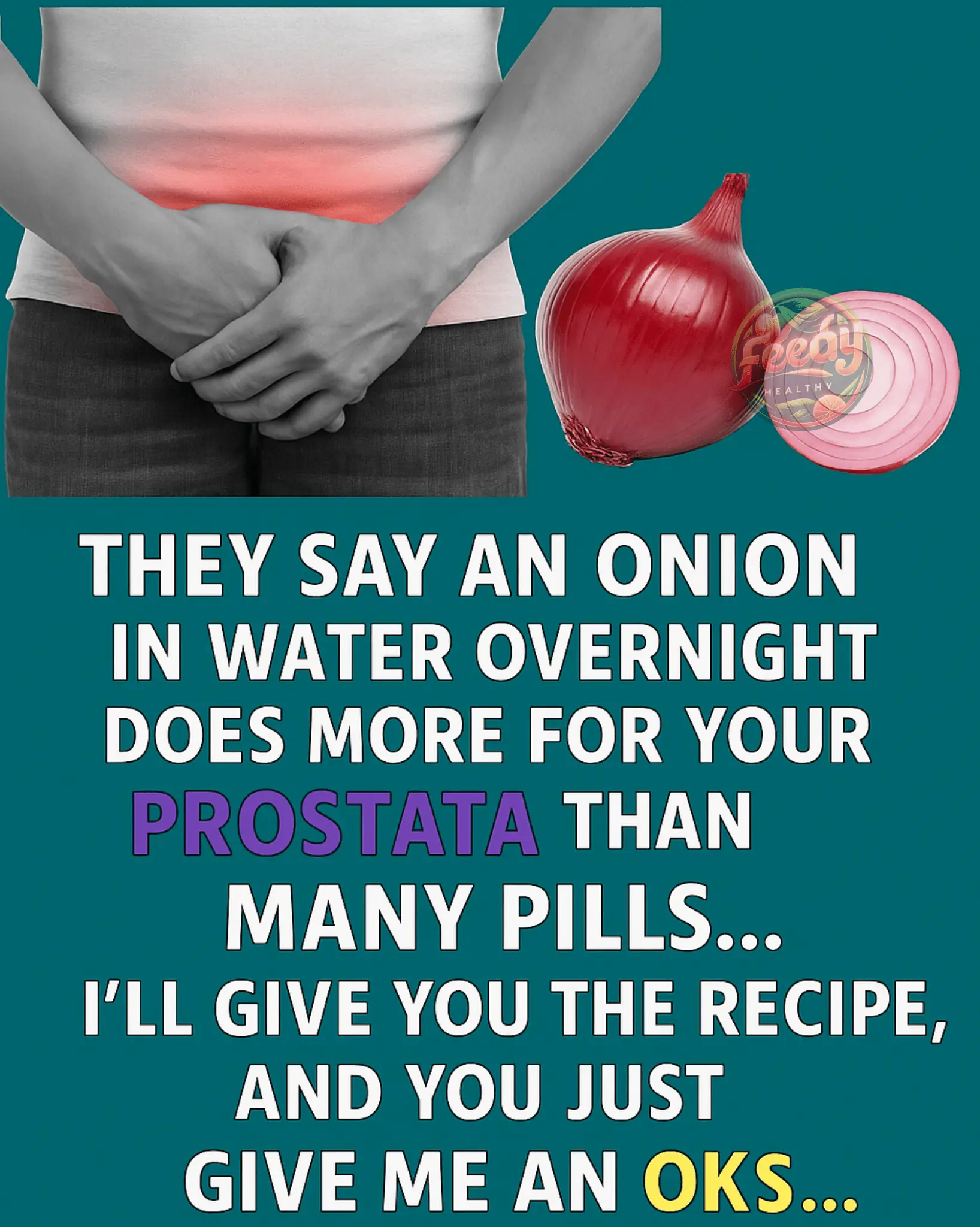
Benefits of Onion in Water: A Natural Remedy for the Prostate
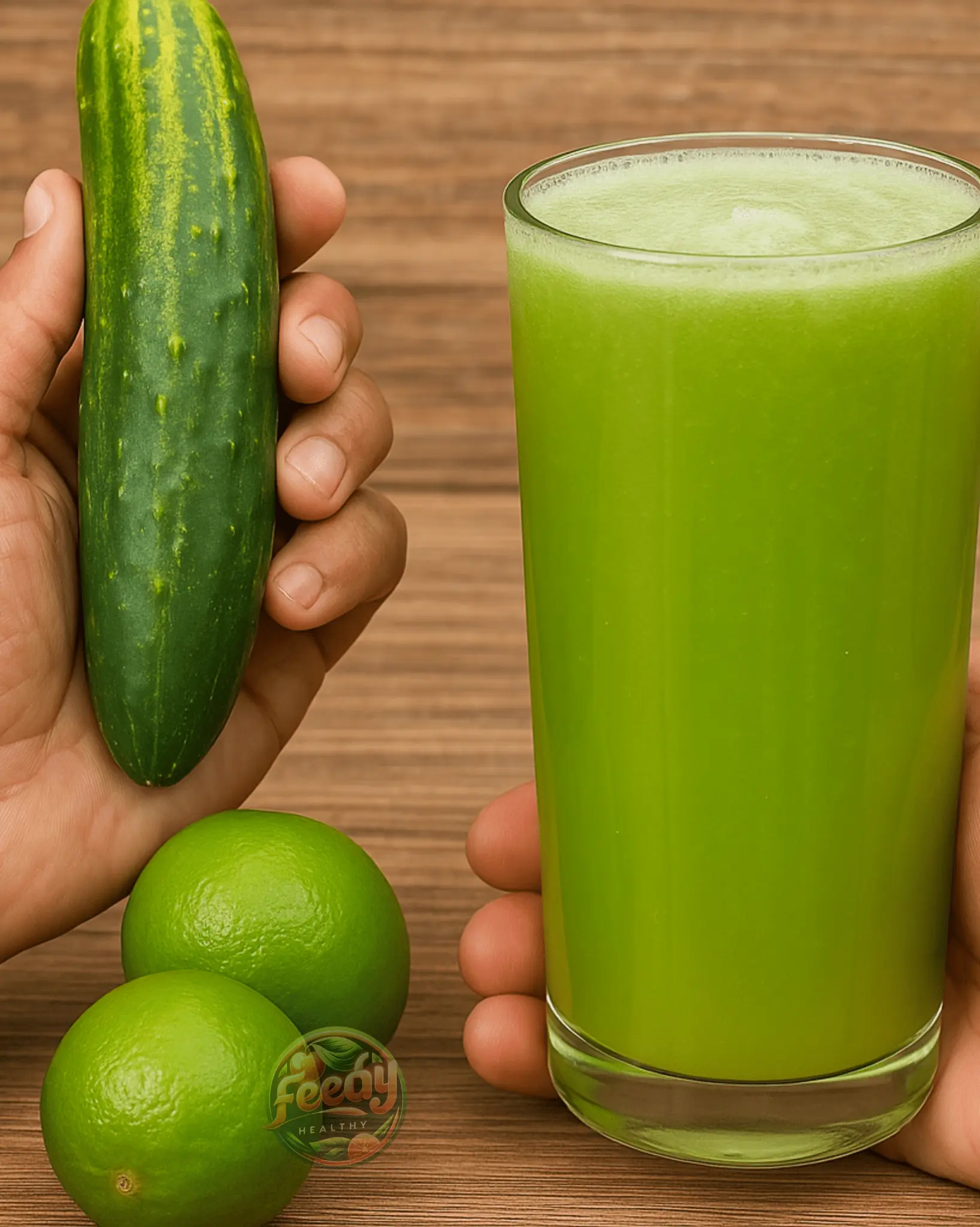
Eliminates bloated belly, clears urinary infections, and cleanses fatty liver.
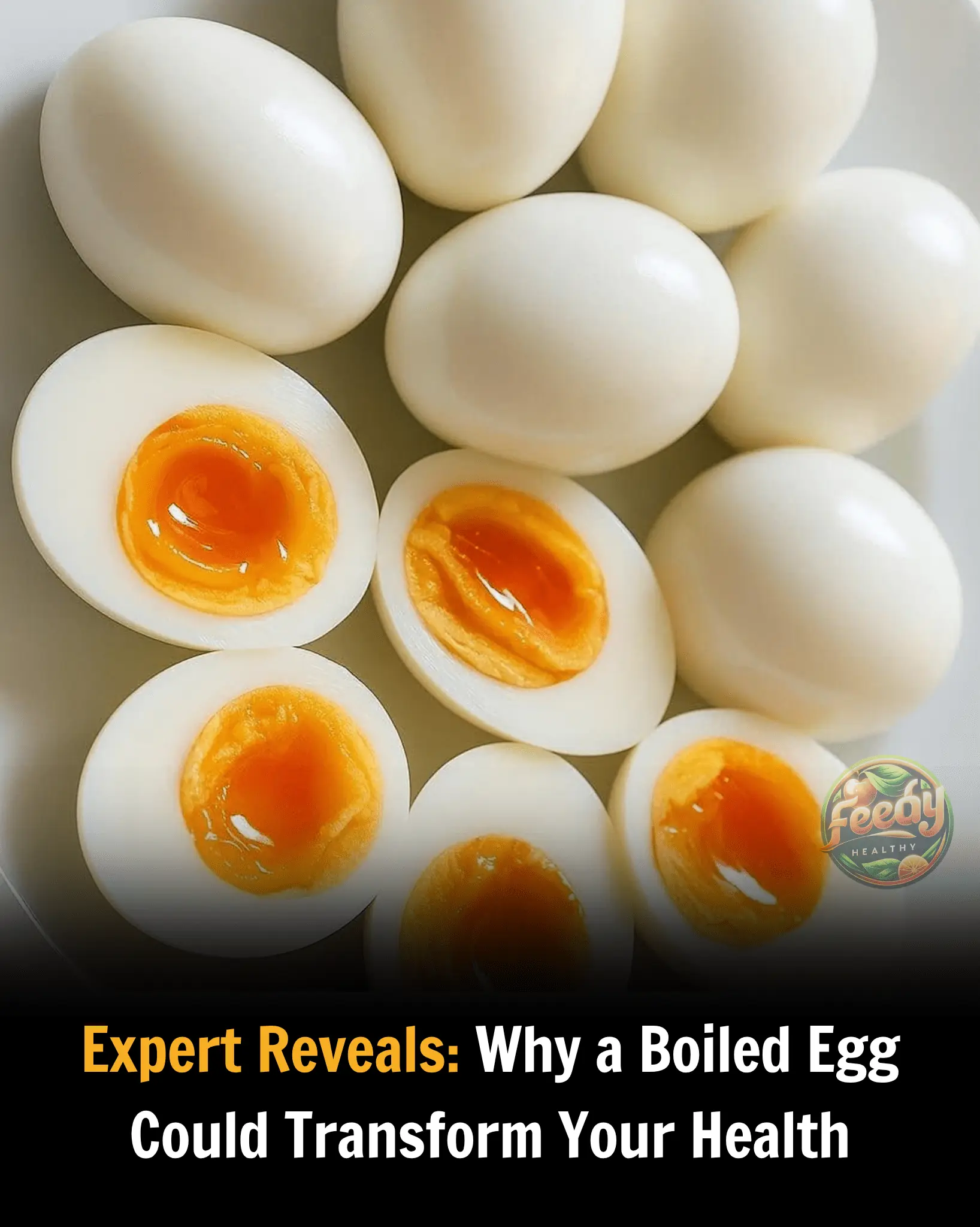
Expert Reveals: Why a Boiled Egg Could Transform Your Health
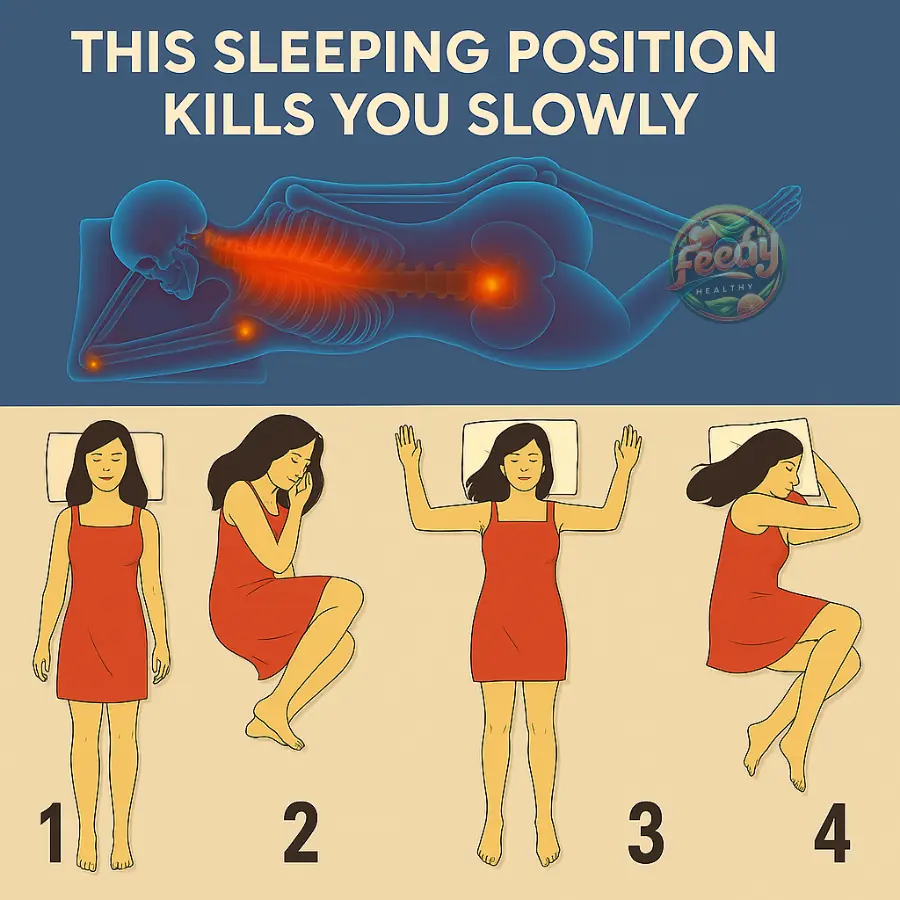
The Most Dangerous Sleeping Position: What You Didn’t Know

5 Things Doctors Say You Should Never Give Your Kids to Help Prevent Cancer
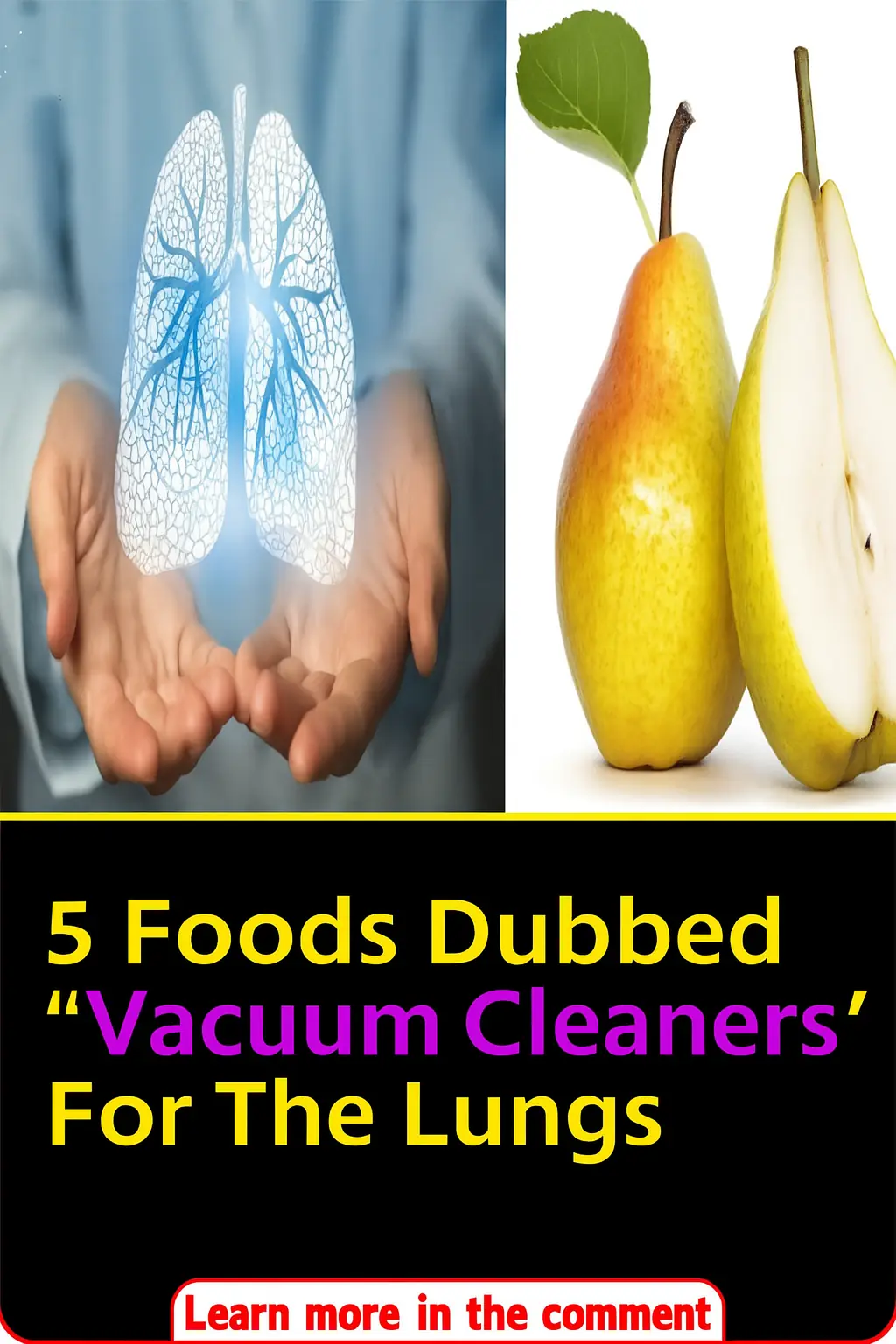
5 Foods Dubbed “Vacuum Cleaners” for the Lungs: Eat Them Regularly to Cleanse Your Lungs
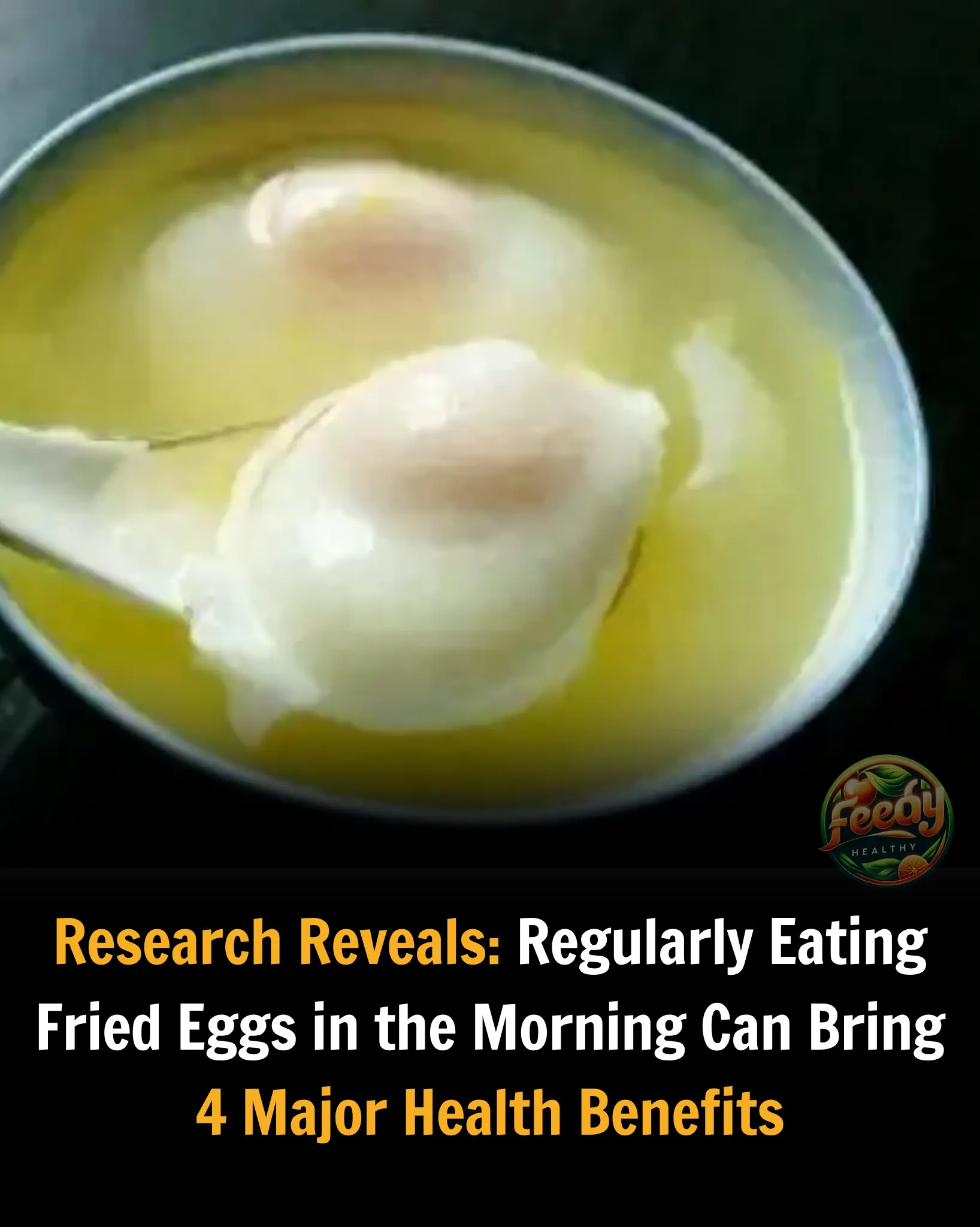
Research Reveals: Regularly Eating Fried Eggs in the Morning Can Bring 4 Major Health Benefits
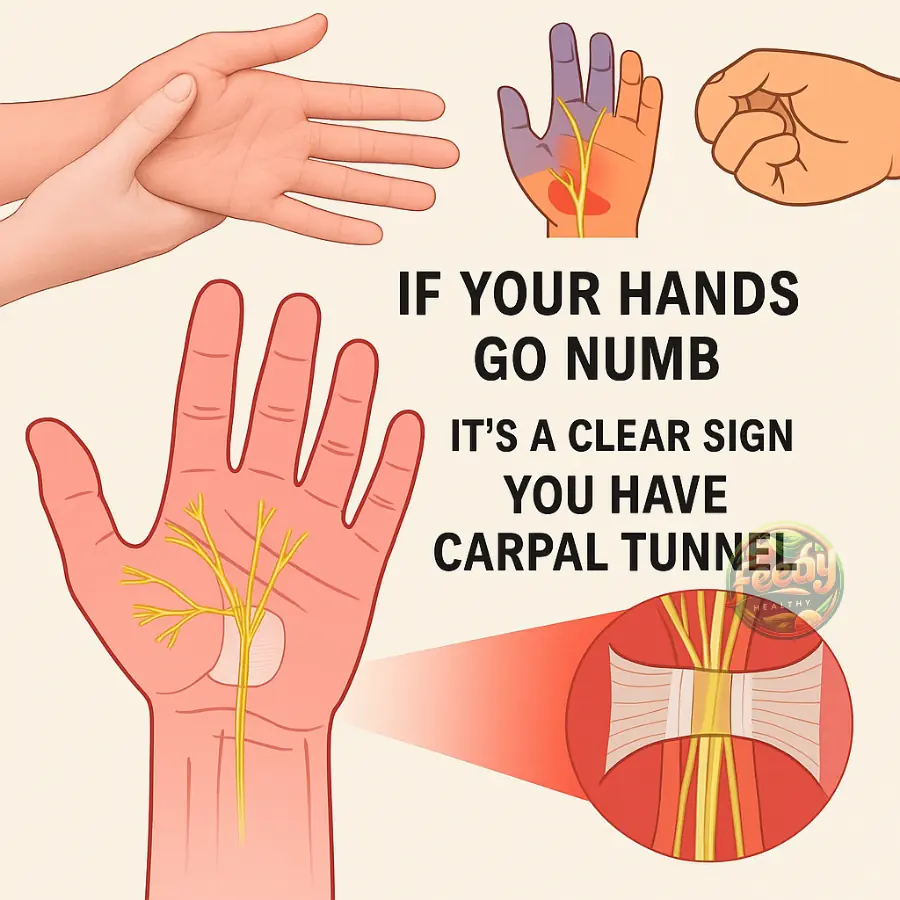
Why Do Your Hands Go Numb? Signs and Solutions to Improve Your Health
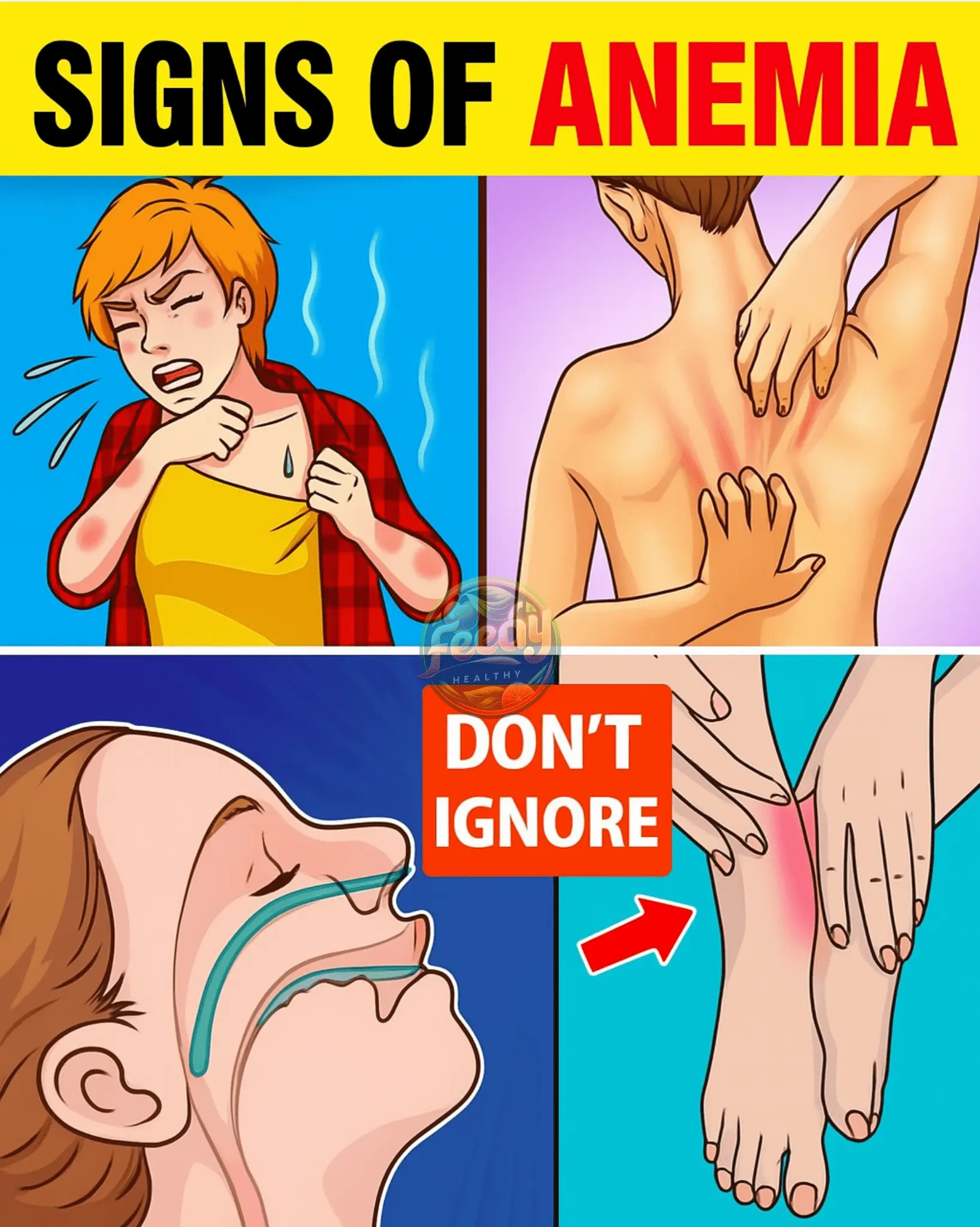
Silent Symptoms of Anemia You Should Never Ignore
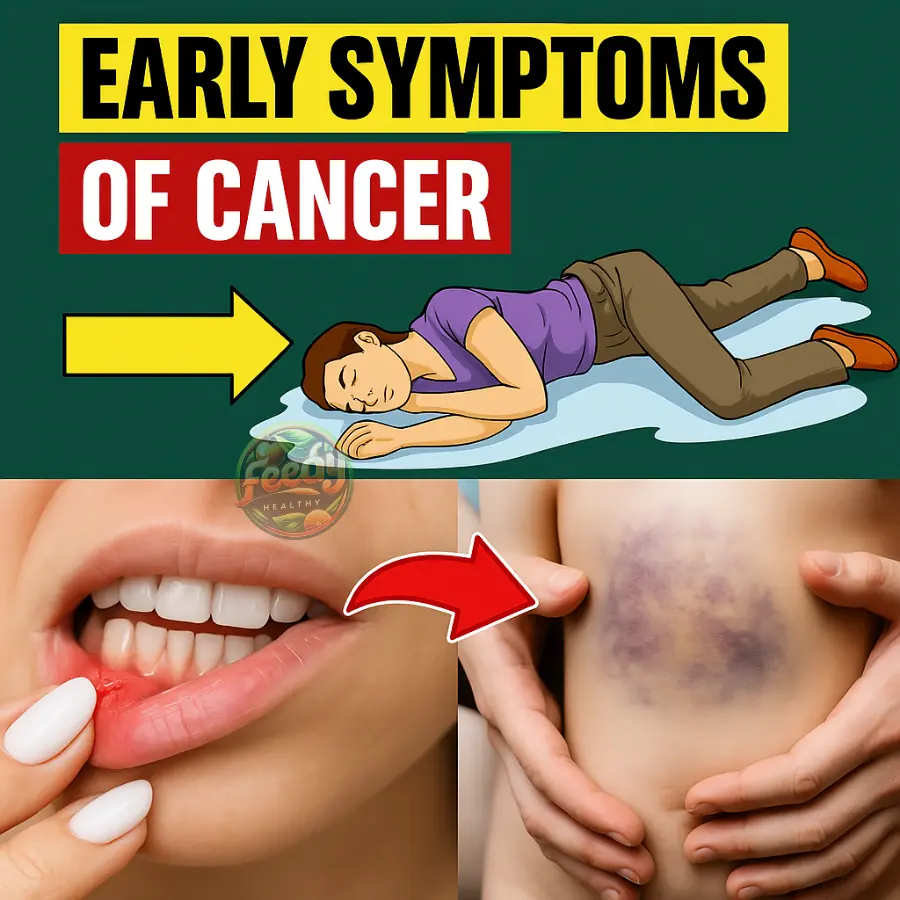
12 Silent Signs of Cancer You Shouldn't Ignore
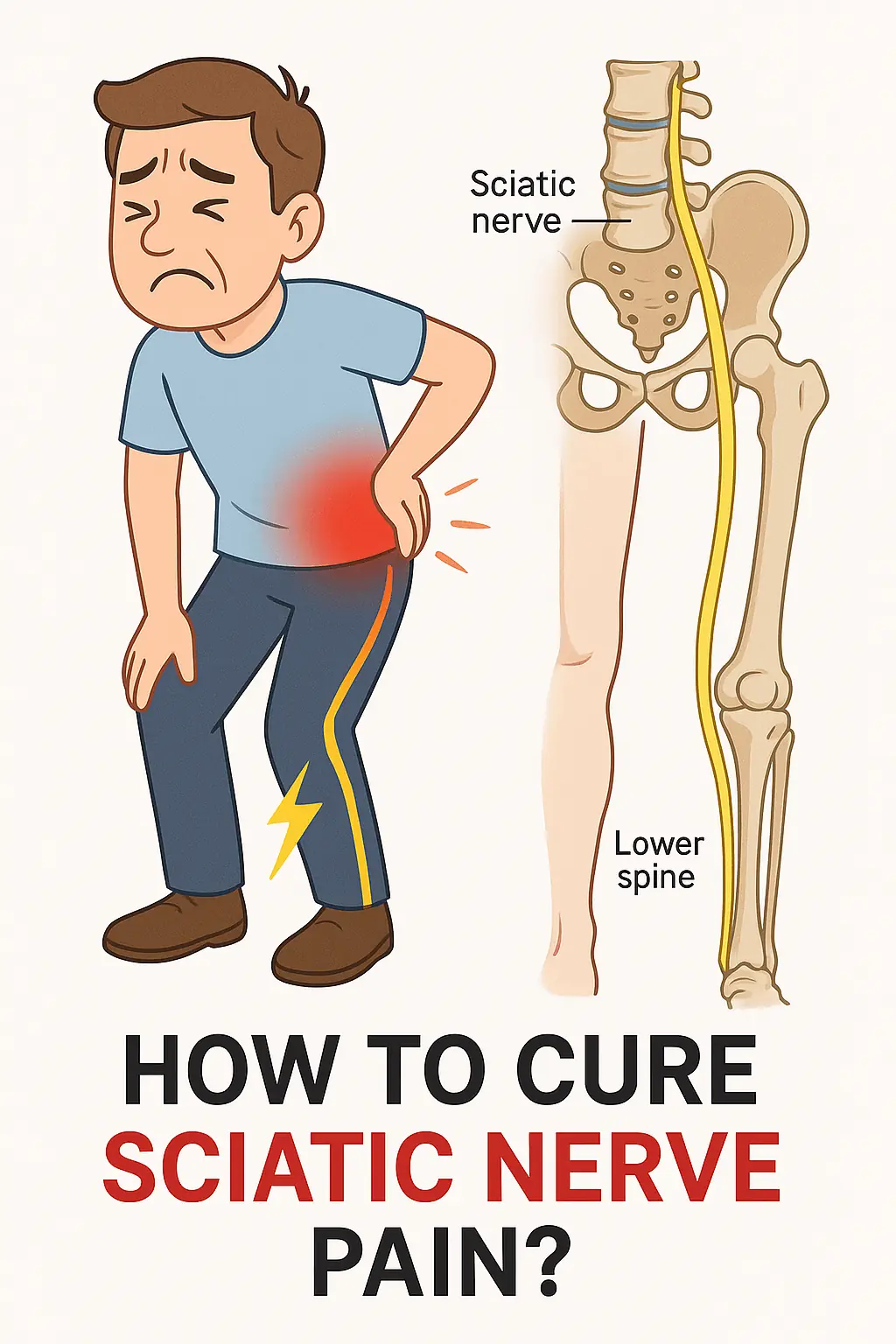
How to Cure Sciatic Nerve Pain: A Guide to Natural Remedies
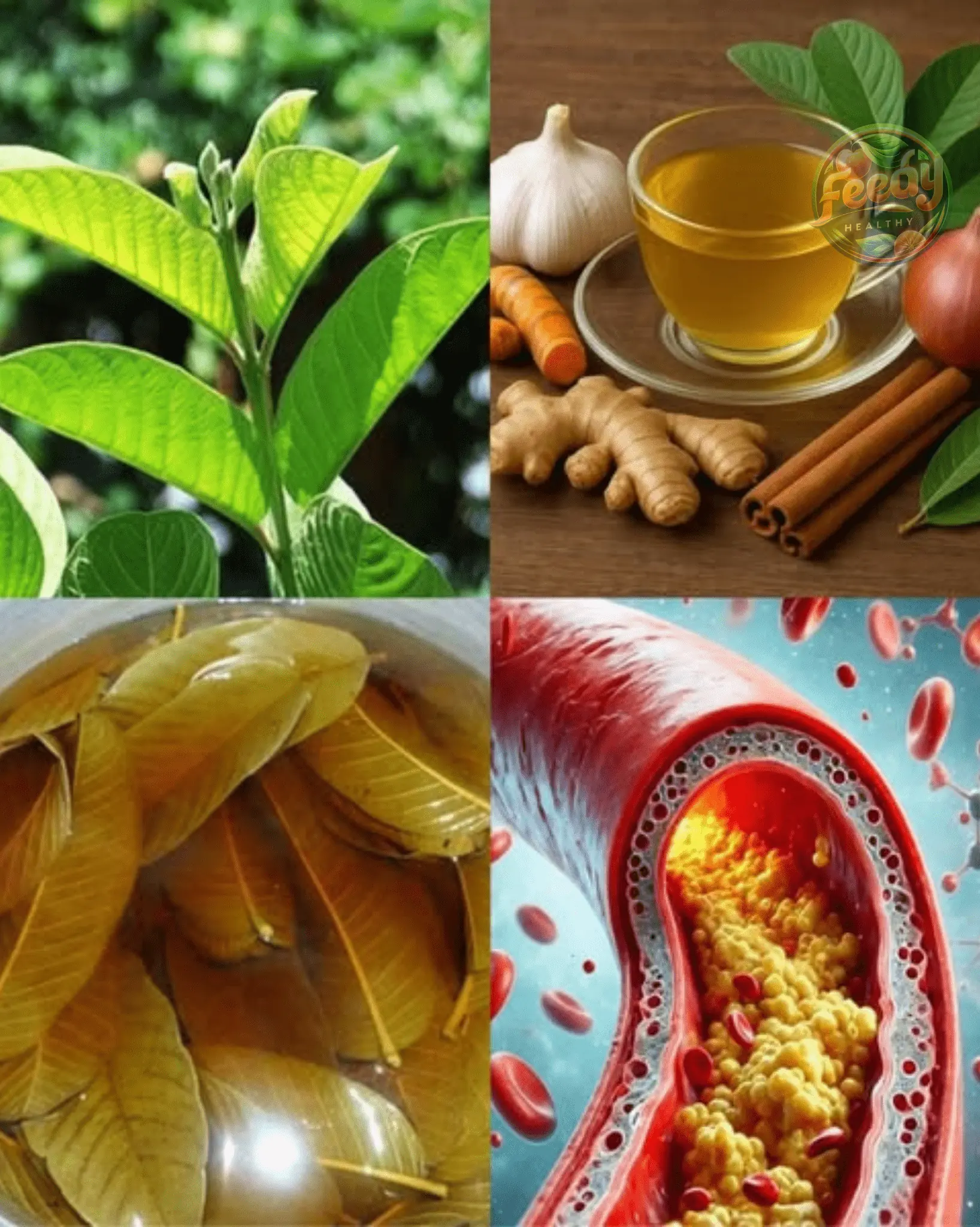
Onion and Peels: Natural Remedies for Bladder and Prostate Health

8 Signs You Have Too Much Sugar in Your Body
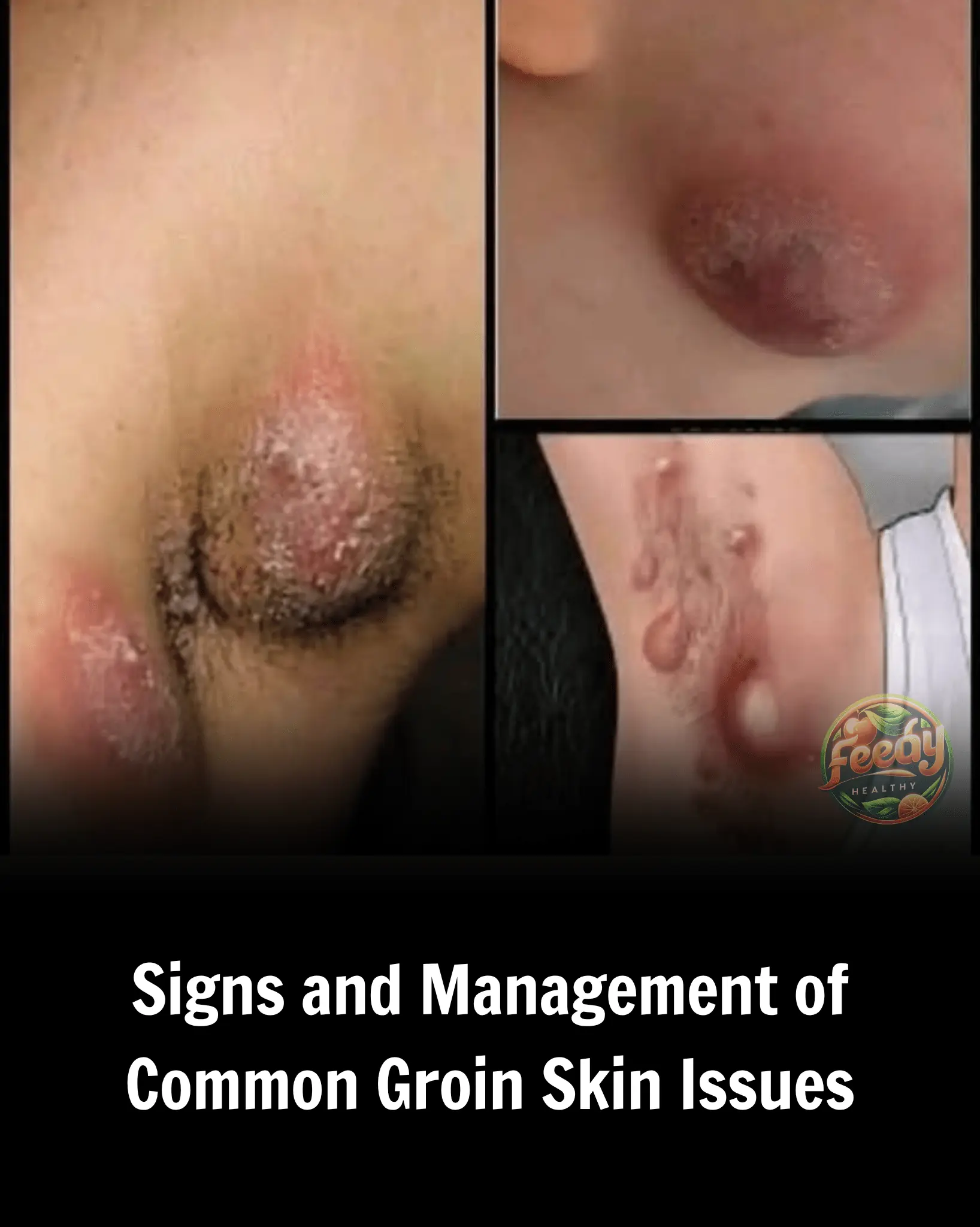
Signs and Management of Common Groin Skin Issues
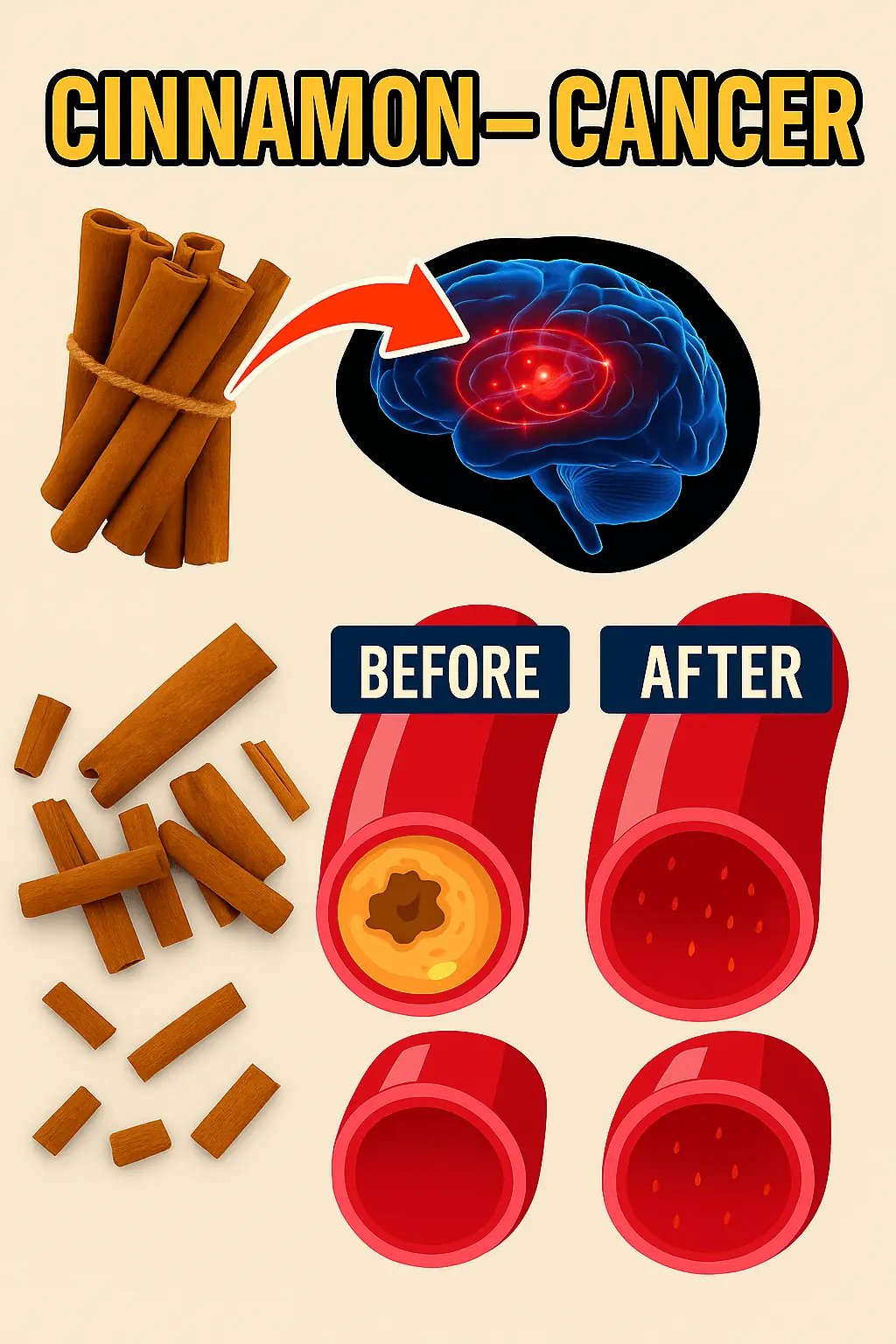
Discover the Unexpected Health Benefits of Cinnamon
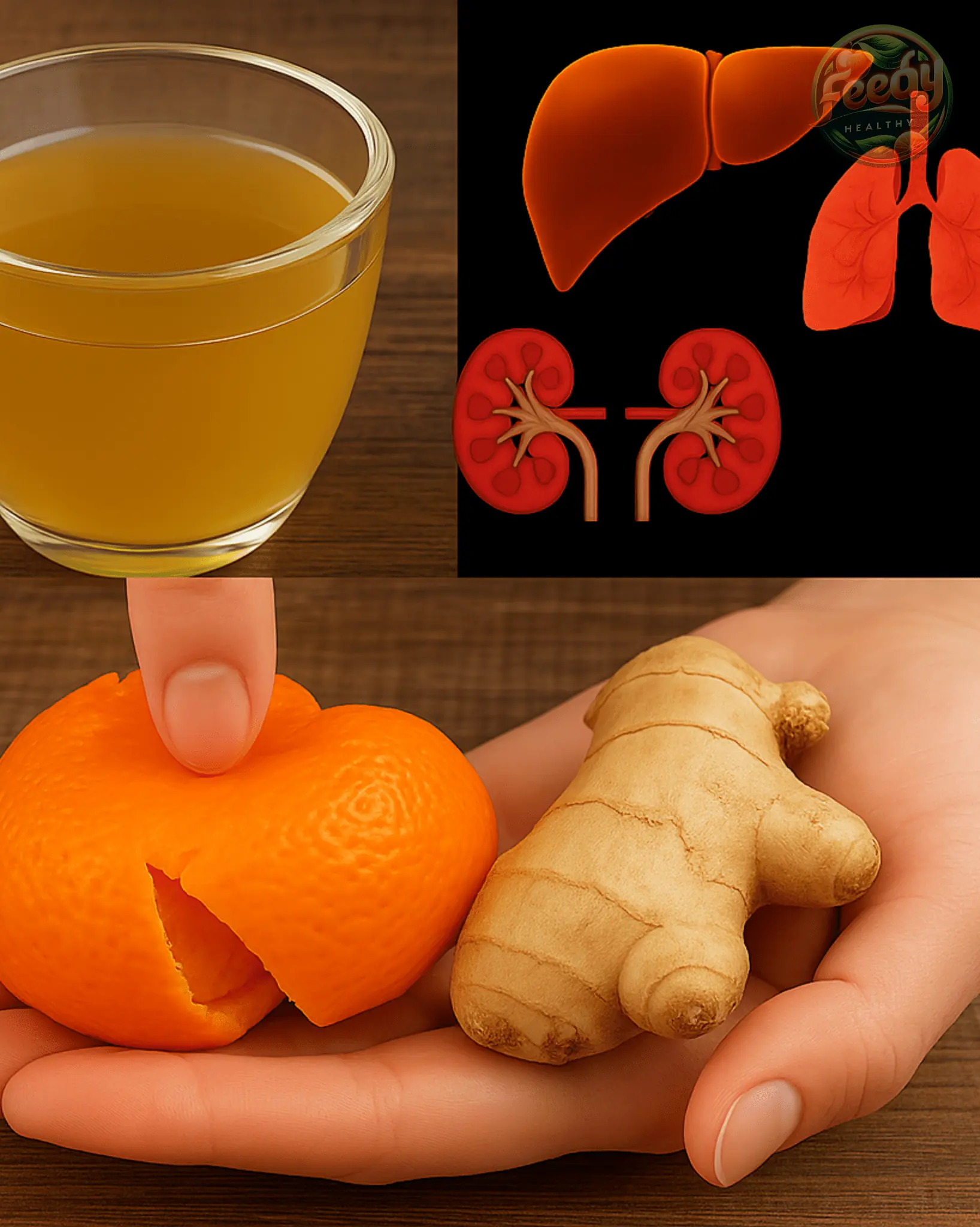
Unveiling Nature’s Detox Secrets: Gently Cleanse Your Kidneys, Liver, and Lungs
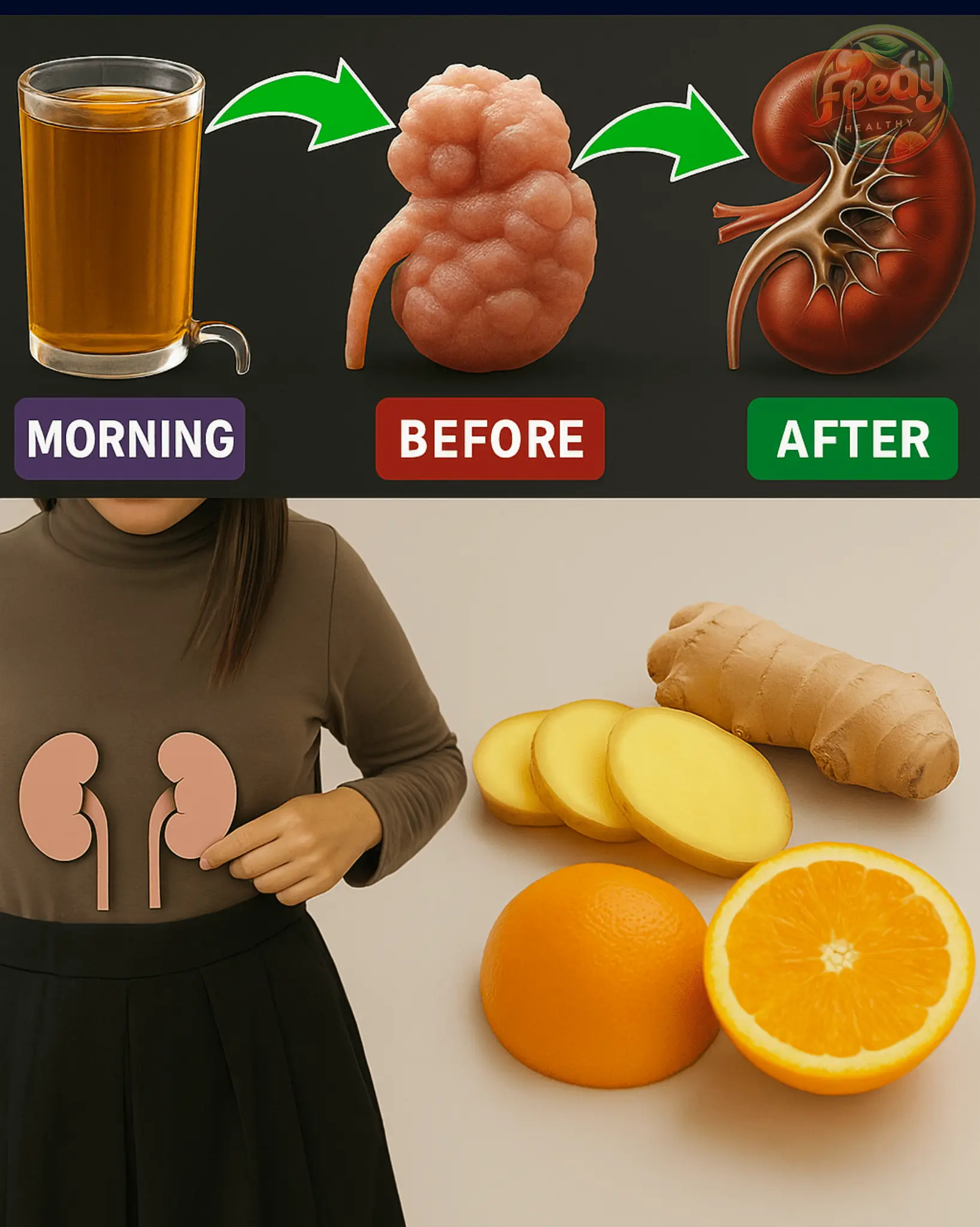
Tangerine and Ginger: The Detox Duo You Didn’t Know You Needed
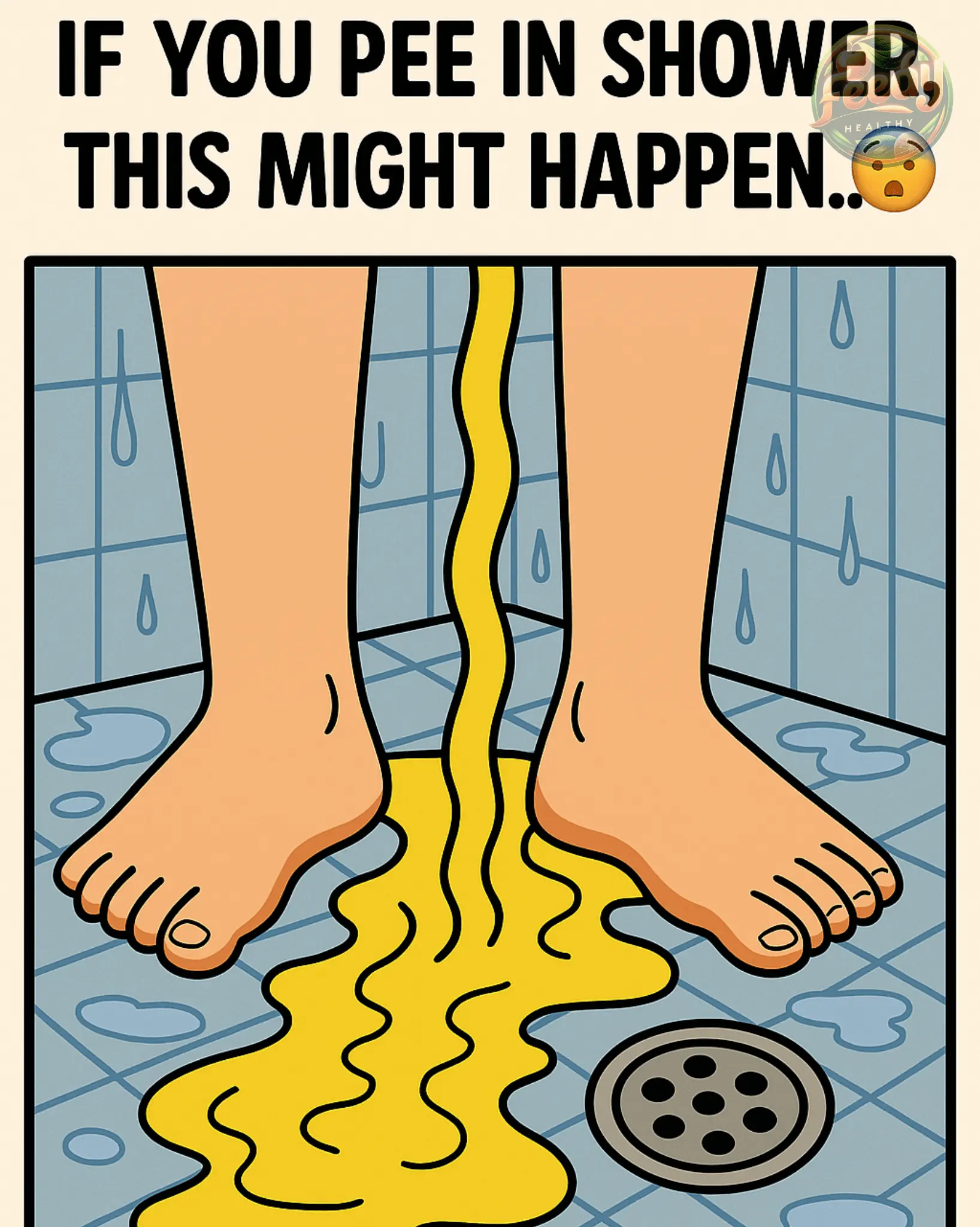
If You Pee in the Shower: Myths, Facts, and Possible Consequences
News Post

💗 Pink Oreo Dream Bars

🍓 Decadent Chocolate Strawberry Cake

7 Things That Happen To Your Body When You Don’t Have Sex For A While

Why are your veins suddenly bulging and visible?

7-Eleven Employee Dies After Being Left Brain-Dead in Shocking Incident Involving Manager
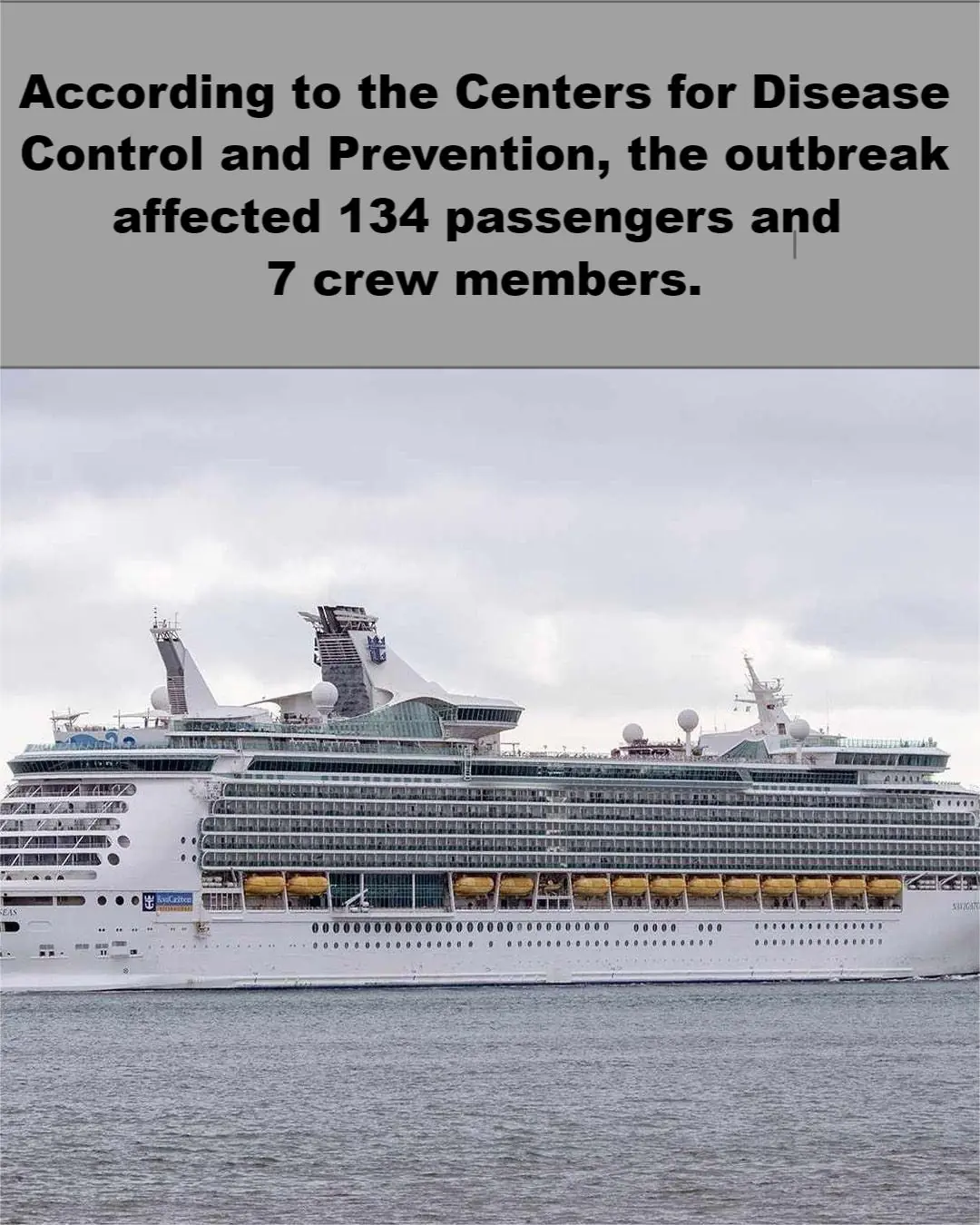
Stomach Bug Sickens Over 140 People on Caribbean Cruise, Forcing Passengers and Crew to Isolate in Cabins
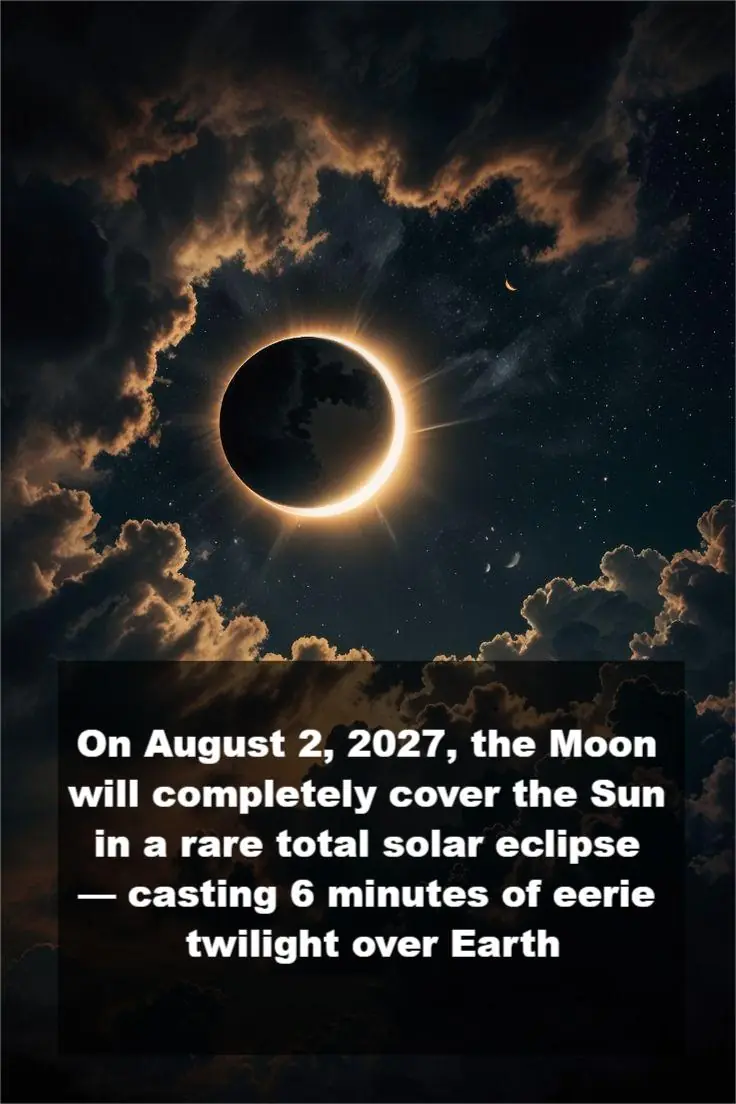
🌘 The Longest Total Solar Eclipse of the Century Is Coming — August 2, 2027

🌠 Twin Meteor Showers Set to Illuminate the Night Sky July 29–30, 2025 🌠
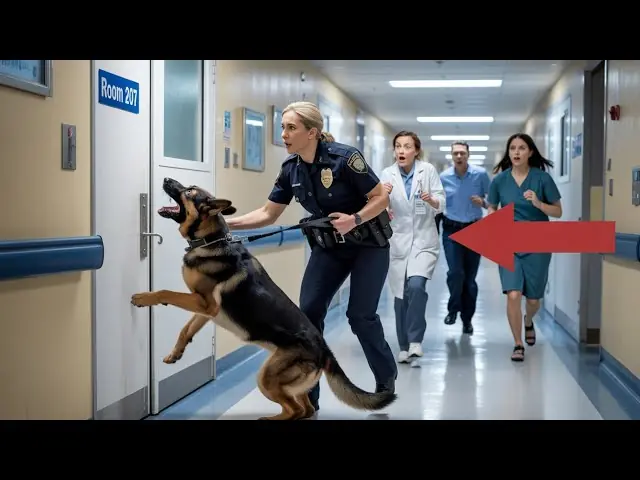
K9 dog wouldn’t stop barking at room 207 in a hospital – what they found inside was horrifying
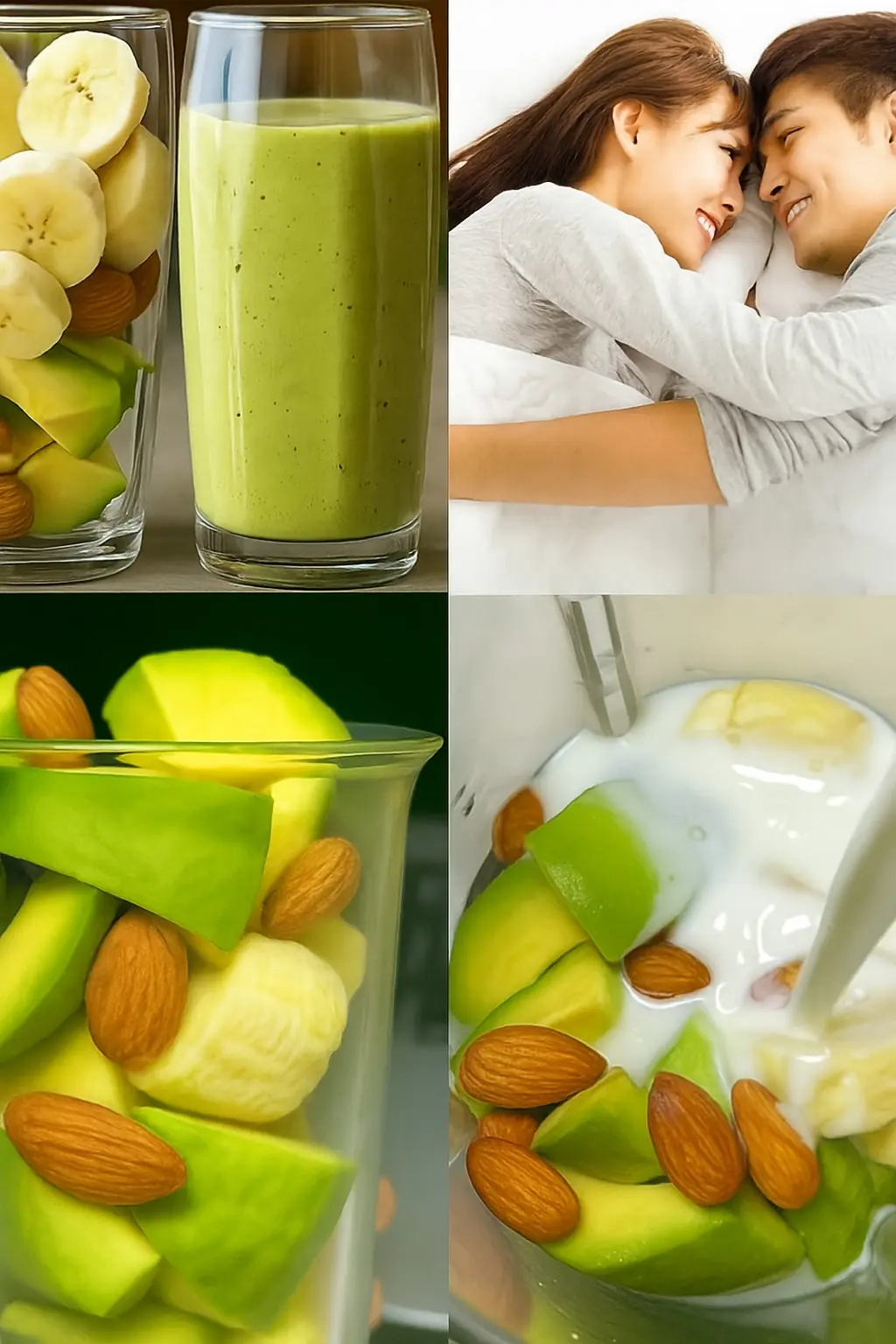
Transform Your Day with the Ultimate Almond Banana Avocado Smoothie
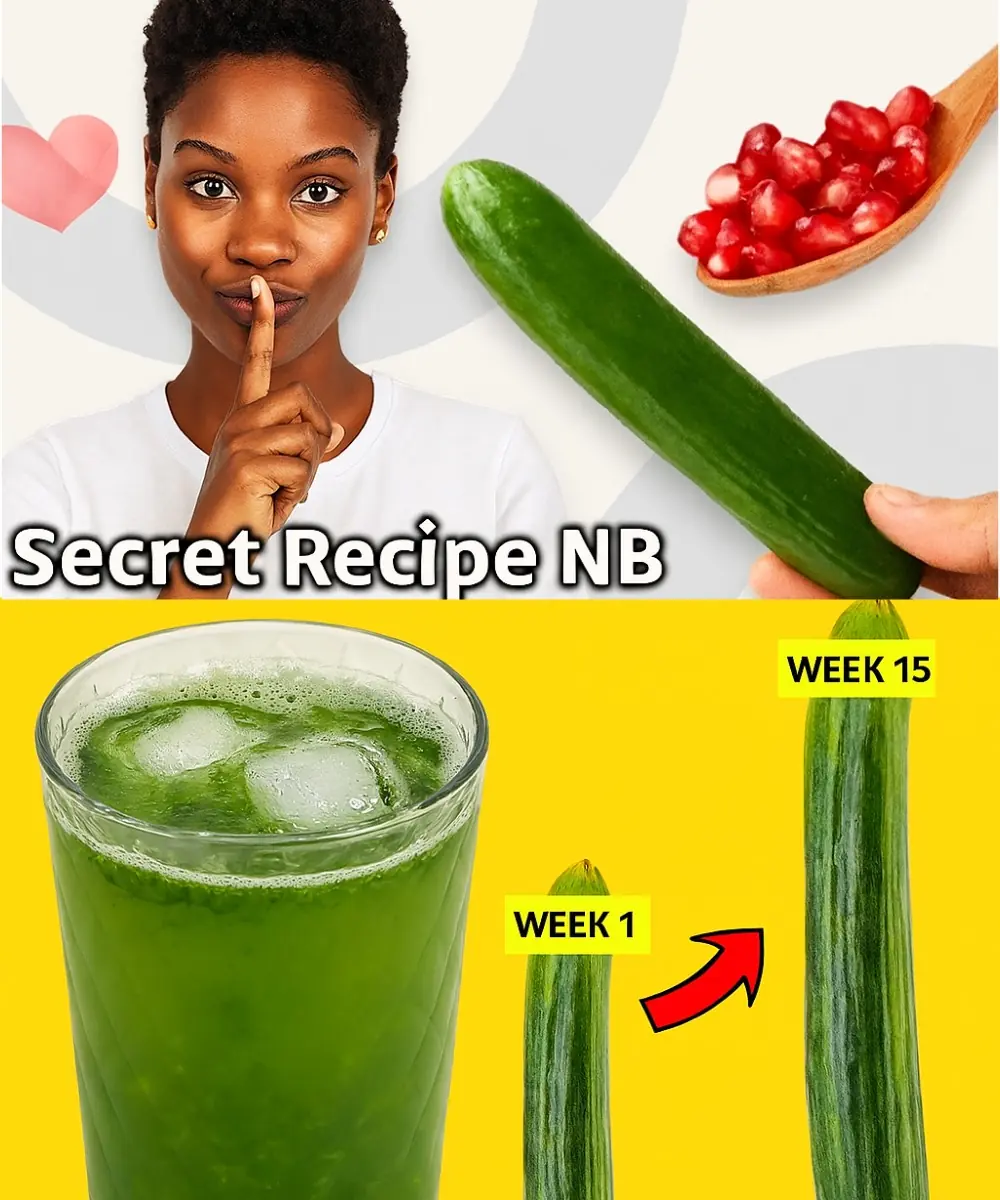
Sip Strength Before Sleep: The Cucumber & Pomegranate Elixir for Unstoppable Vitality at Any Age
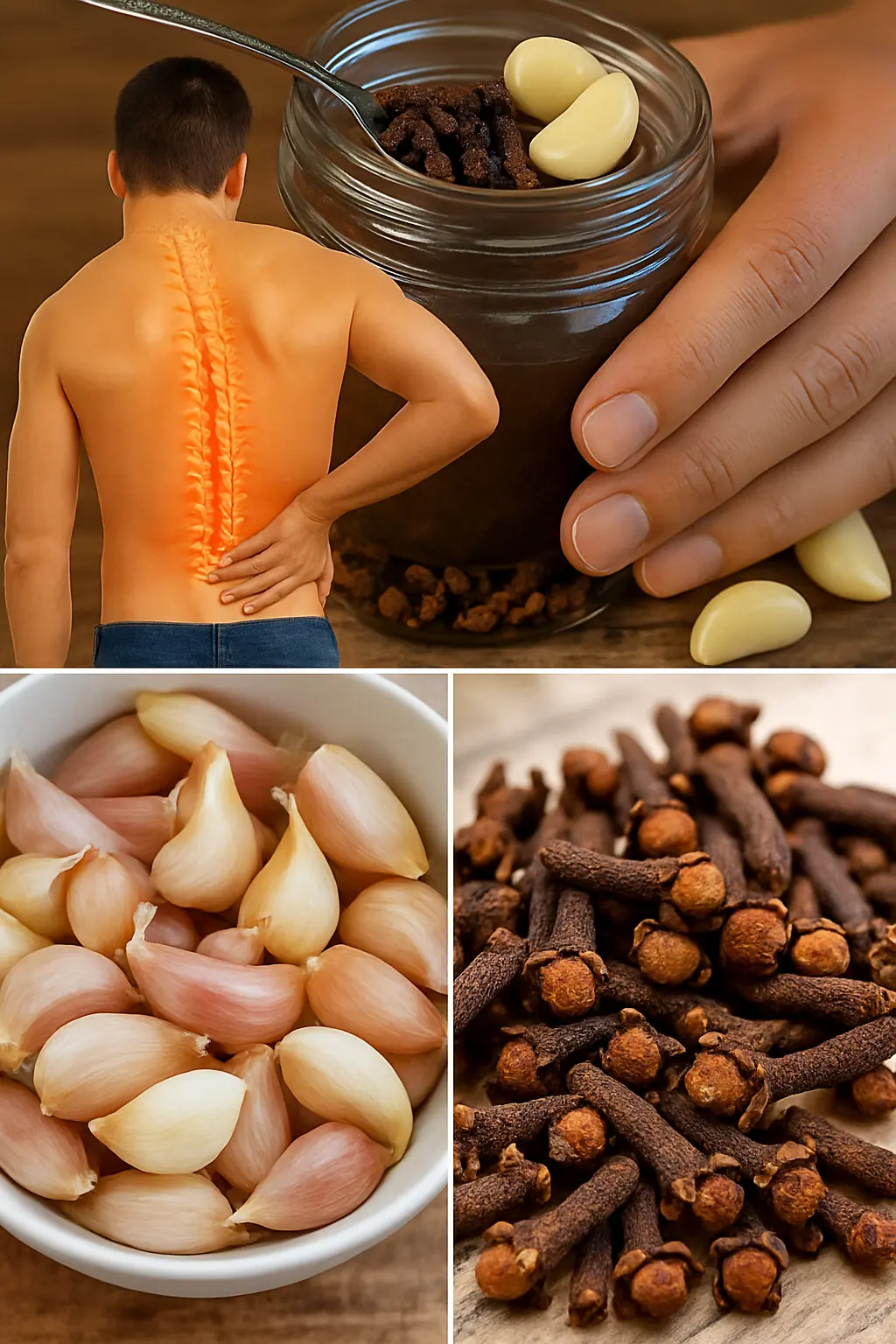
Nature’s Power Trio: Garlic, Honey, and Cloves for Vibrant Wellness

Dog waiting to be adopted ‘cries’ every night – shelter posts sad photo as one last hope
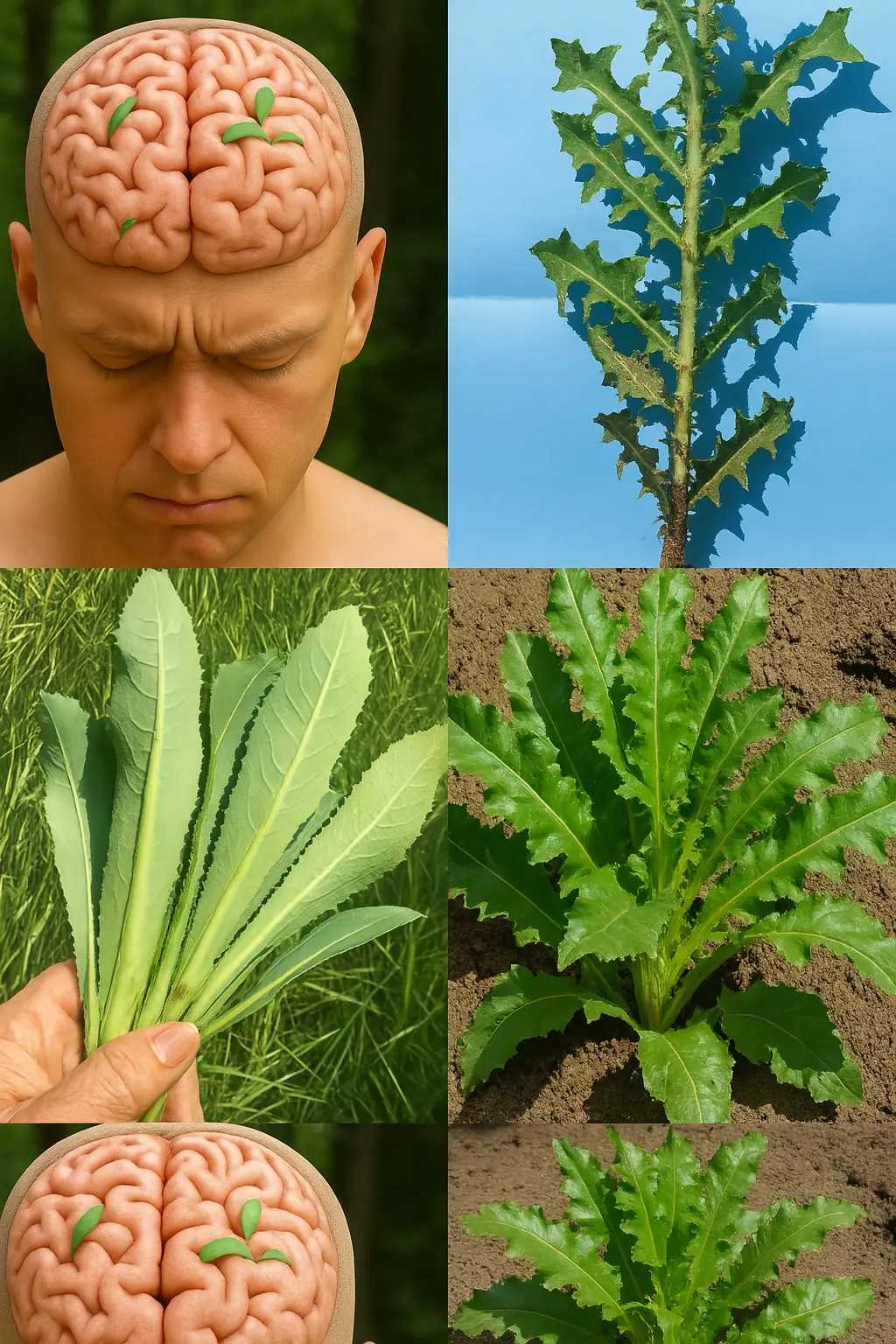
The Hidden Power of Prickly Lettuce: The Unpretentious Wonder of Nature ....

🍫 Triple Chocolate Drip Cake with Truffles & Ganache Drip

My neighbor requested that I care for her 6 children – I called children services a couple of hours after she left
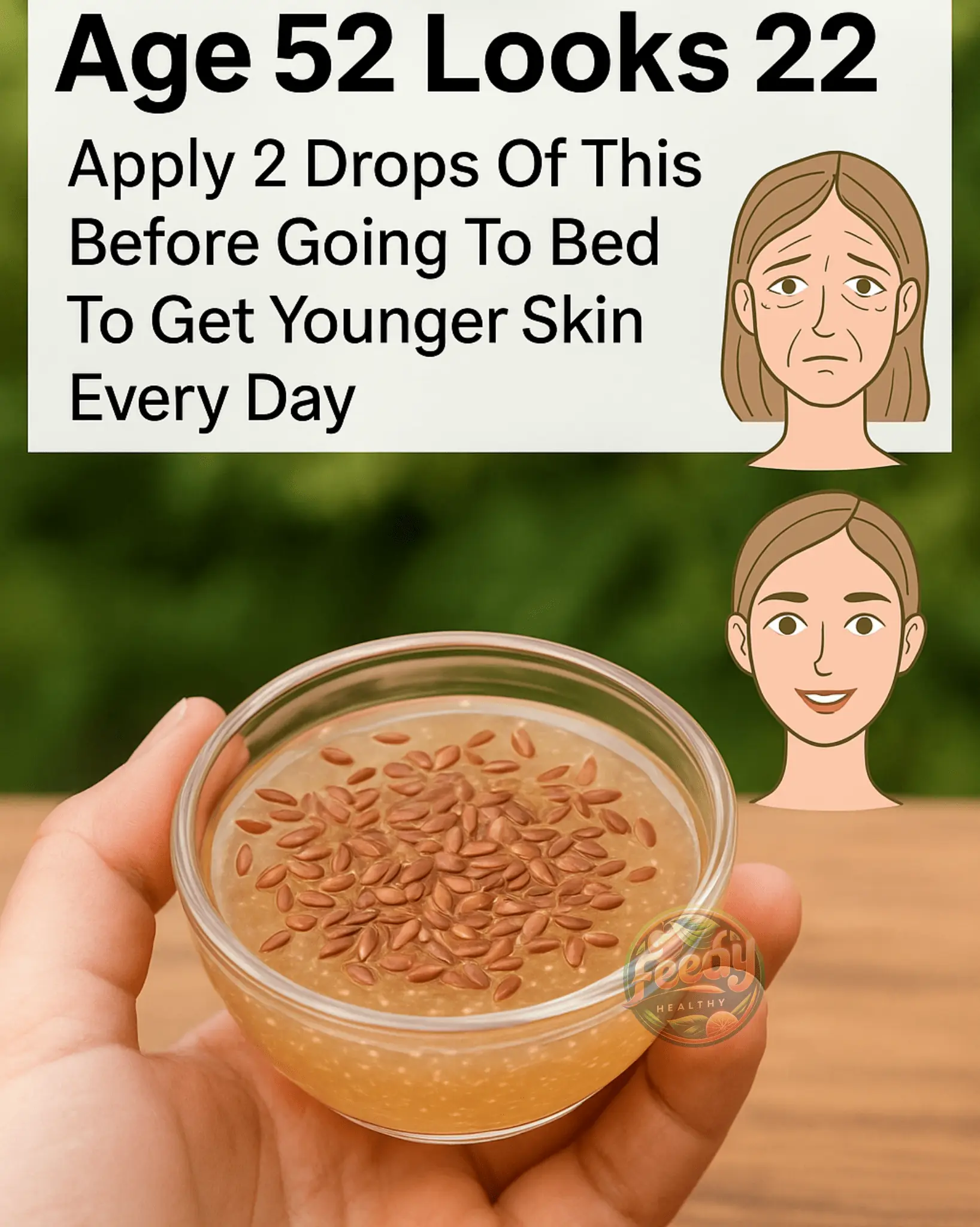
Flaxseeds Sleeping Mask That Will Transform Your Skin

At 60, I Healed Cancer, High Blood Pressure, Diabetes, and Poor Circulation – Thanks to This Natural Drink
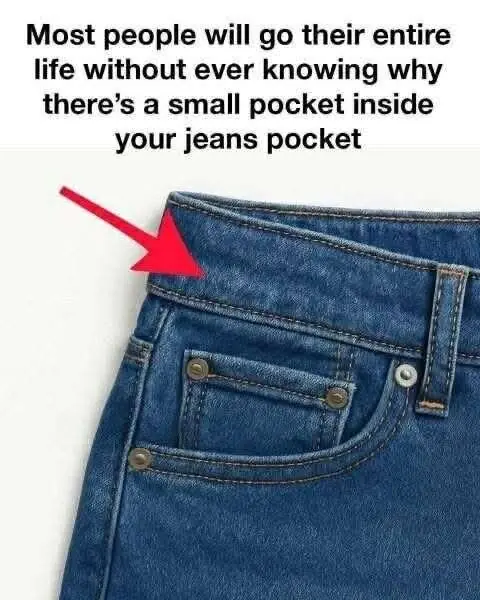
The story behind the tiny pocket on your jeans
